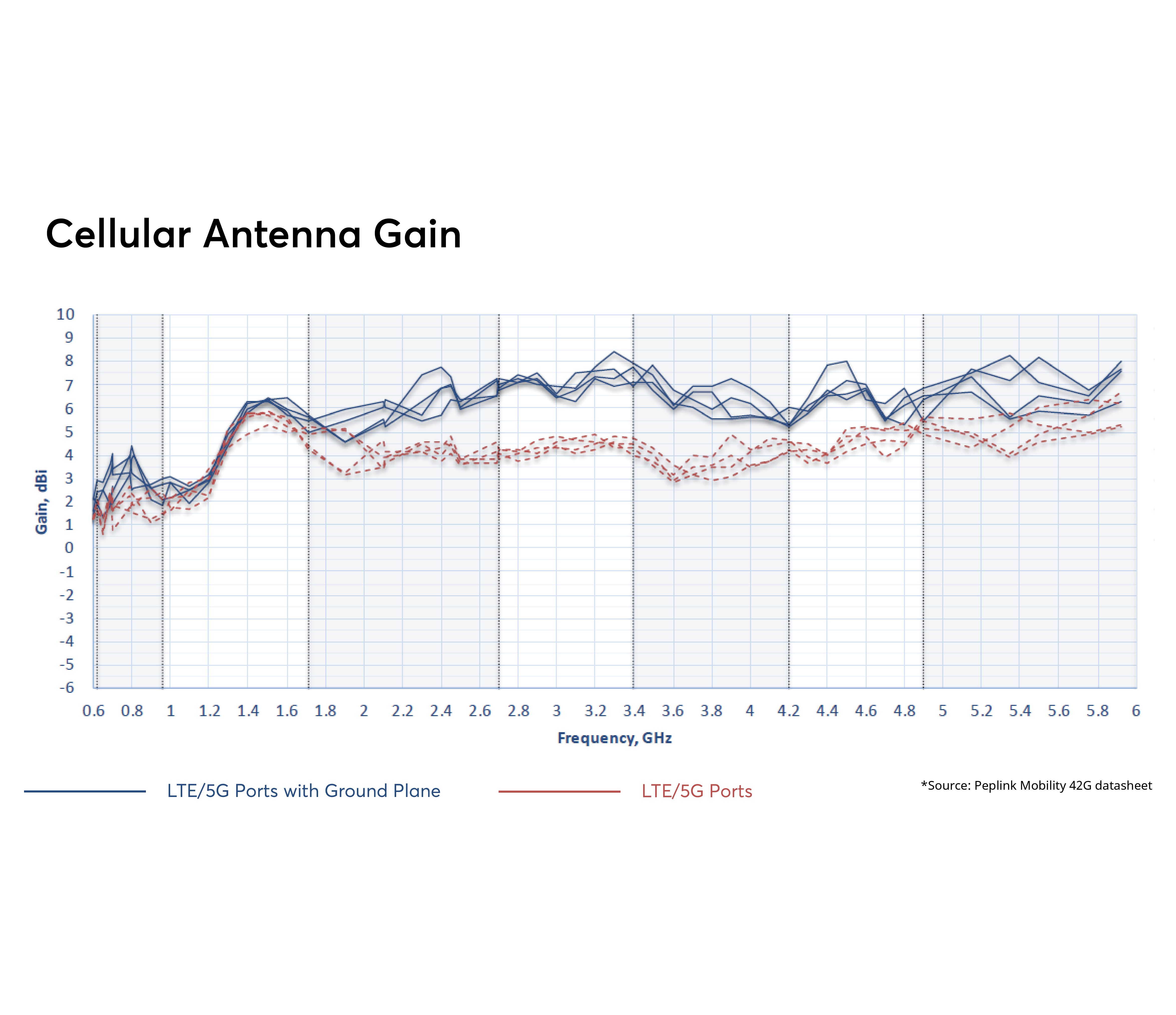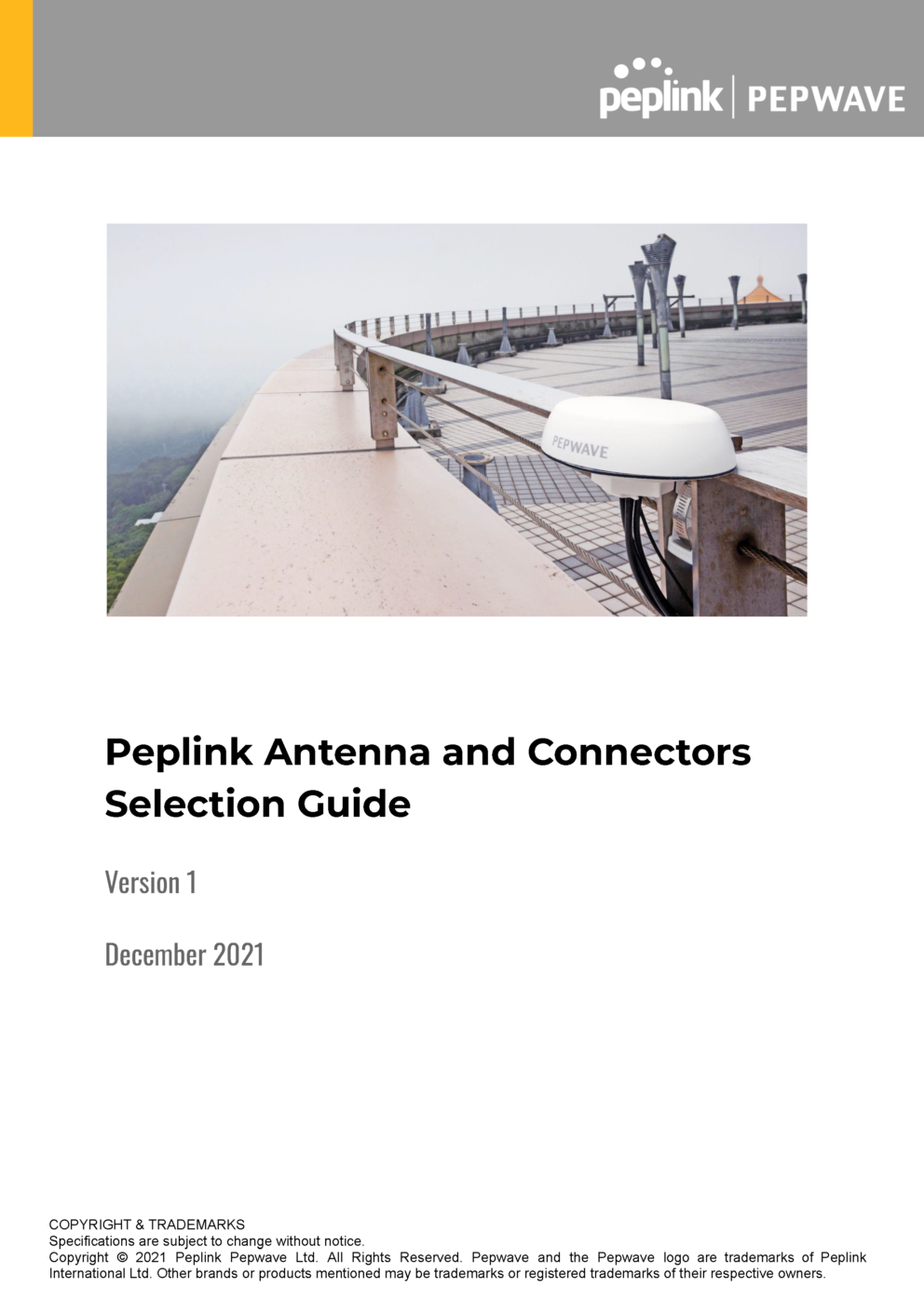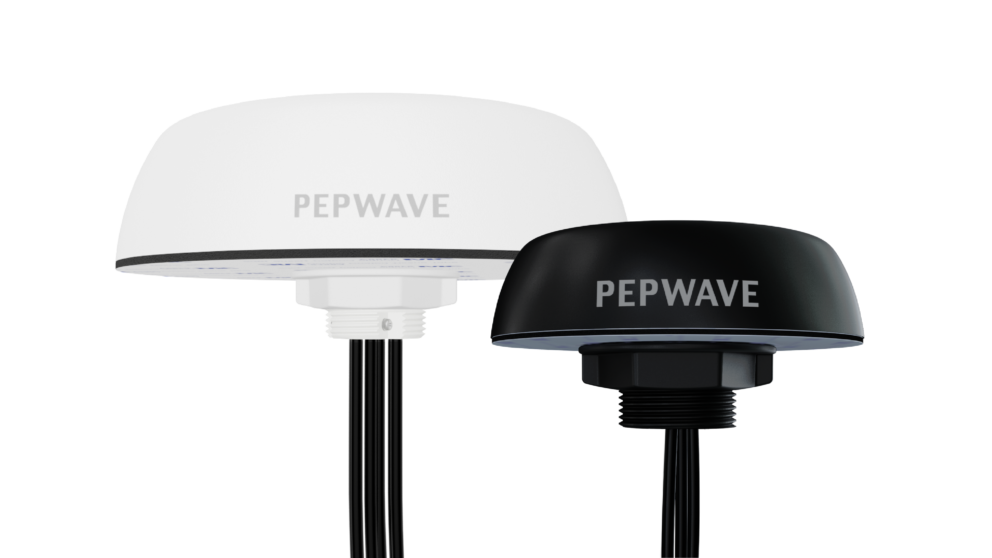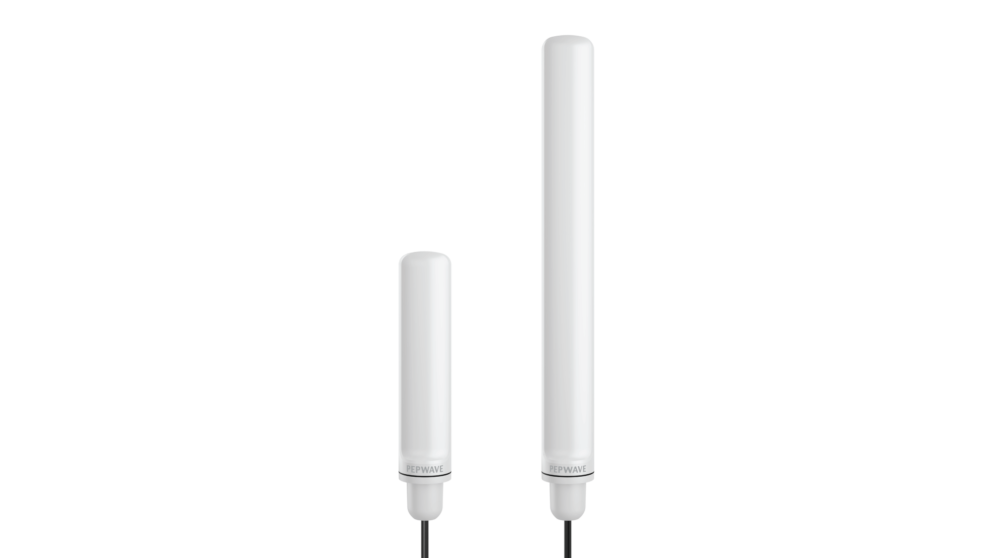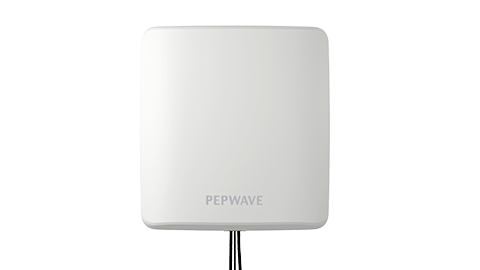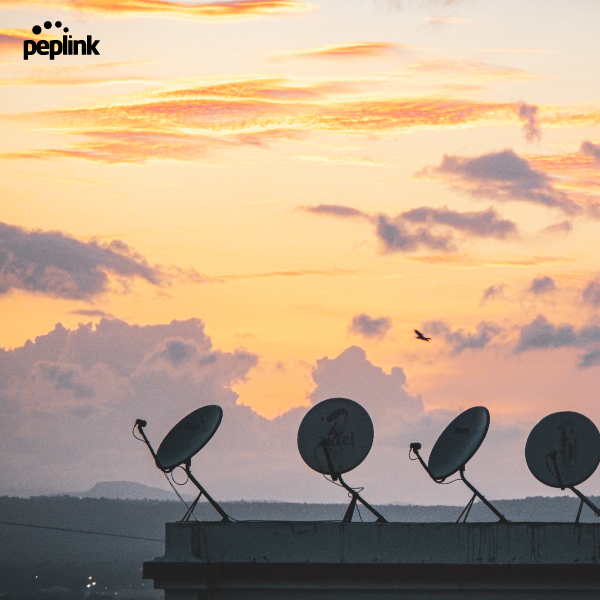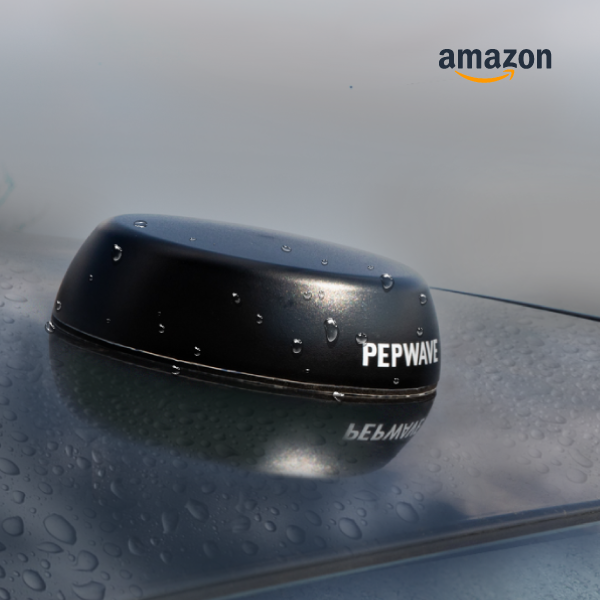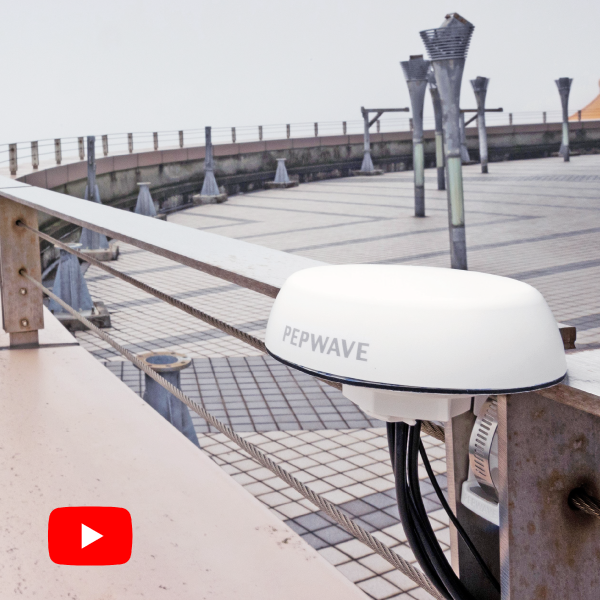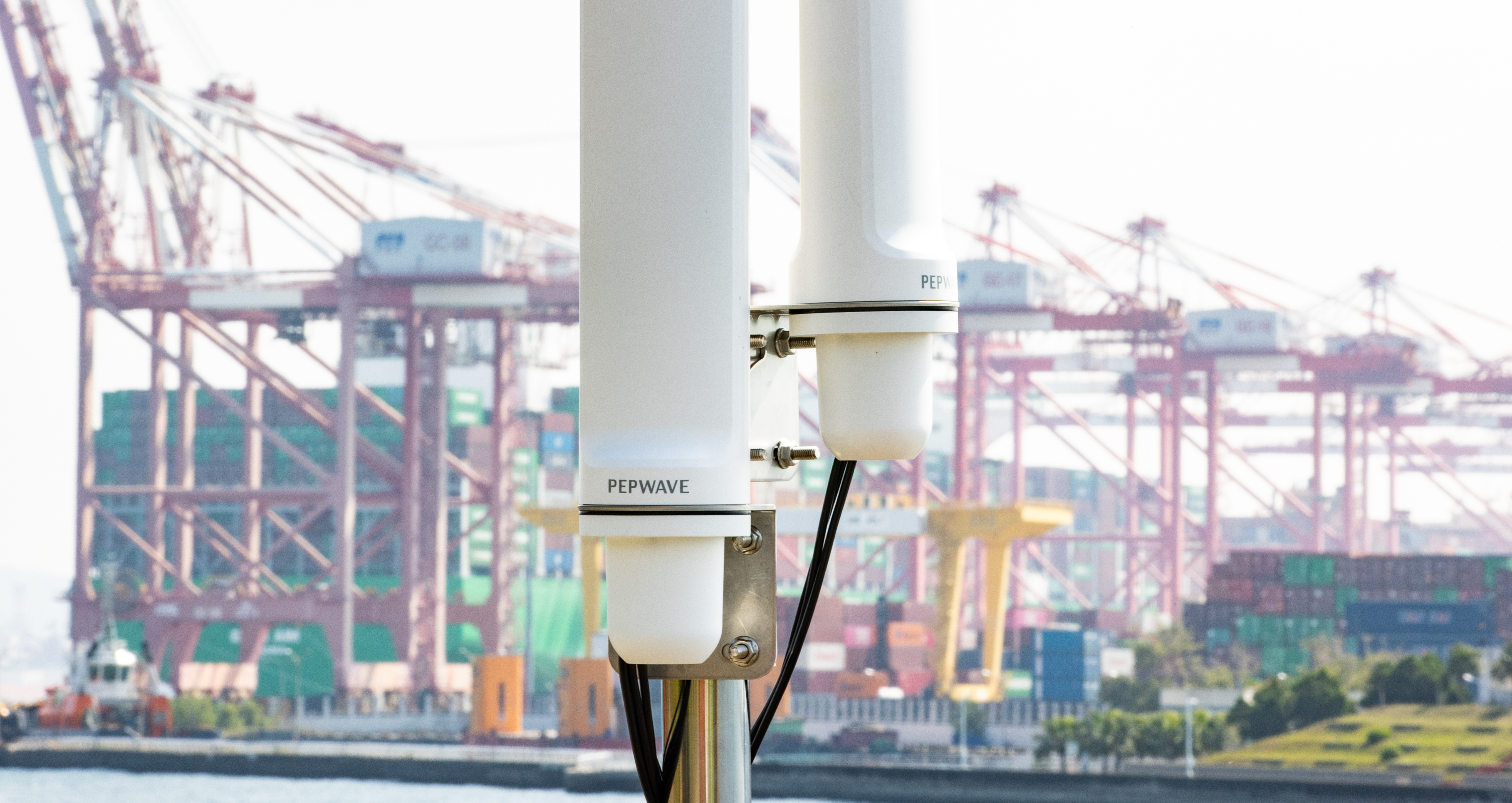
Choosing the Right Antenna:
Making Your Connectivity Setup
Greater than the Sum of Its Parts
An antenna is a device that converts electrical signal into radio-frequency power and vice versa. Anytime you want to connect to the Internet wirelessly, you must have an antenna. But, why is choosing the right one so important?
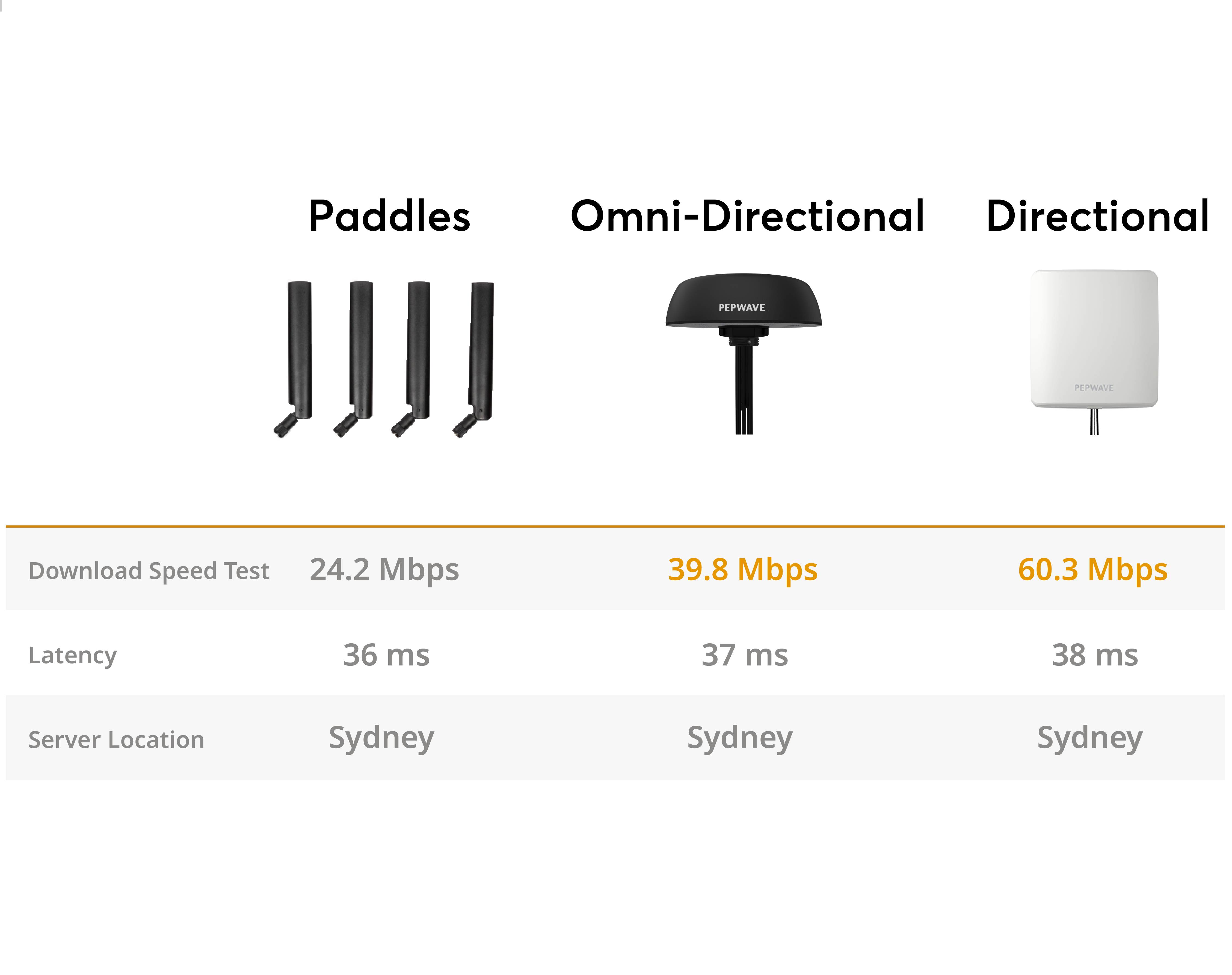
Signal Reception that
Survives All the Bad Times
Paddle antennas are often provided when customers buy a router, but they only have the capacity for basic signal reception.
Sometimes, signals may become weak under certain conditions, such as bad weather. In those situations, a stronger antenna is needed to receive the weak signals, something the provided antennas might not be able to do.
In addition, interference from surrounding objects and the distance from the cell tower further weakens the signal. To combat this, customers may want the antenna to be deployed outdoors, instead of being directly plugged into the router.
Requirements Vary
in Different Situations
Using the one that is specially designed for a certain situation is always the best practice.
Peplink has launched a series of outdoor antennas tailored to the three most common outdoor uses – transportation, maritime and remote access. These antennas can safeguard excellent signal reception even when they are on the road, on the sea, or in rural areas.
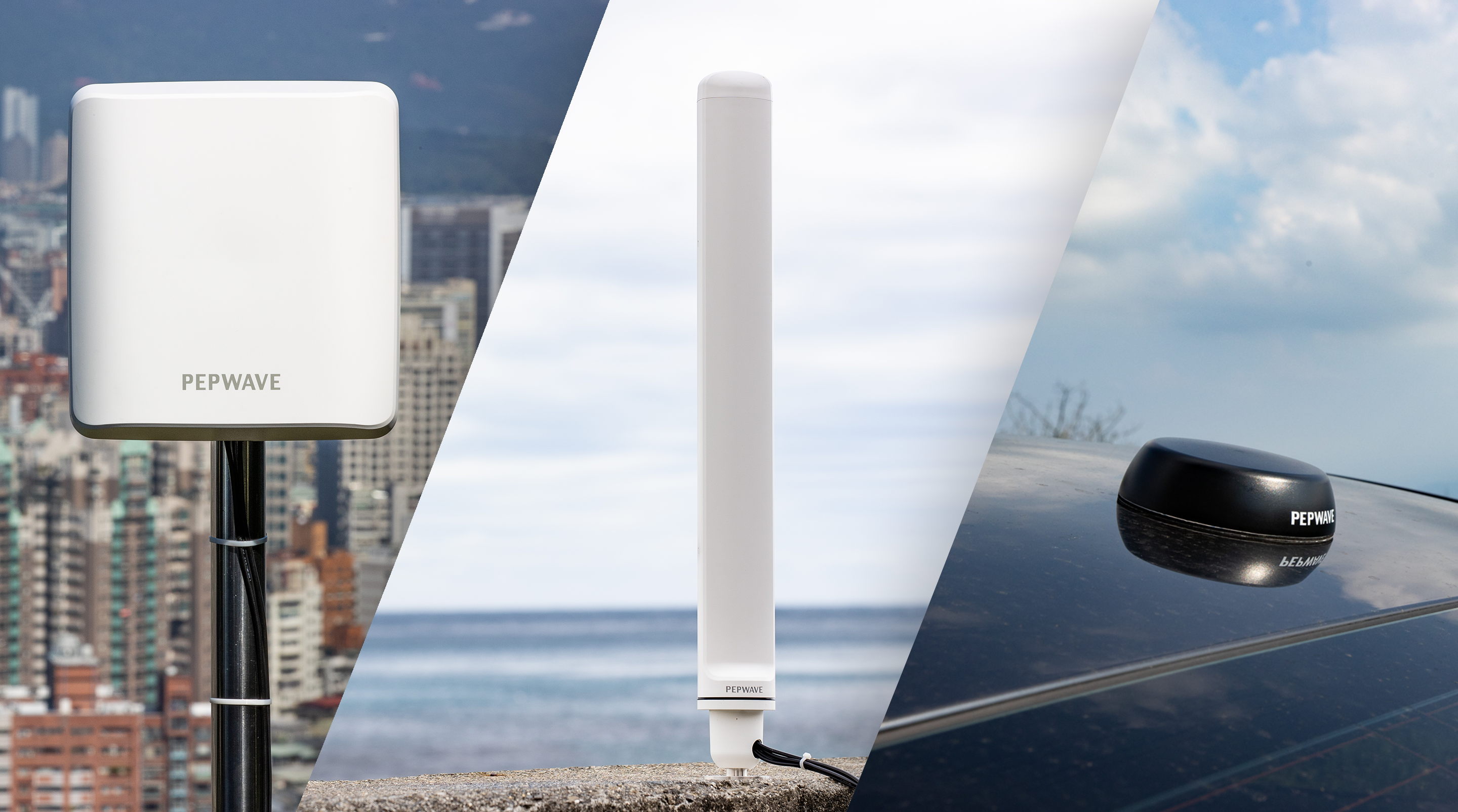
Peplink Outdoor Antenna Series
Mobility Antenna
- 5G-Ready Outdoor Antennas Give Connectivity a Solid Boost
- Ultra Wideband 600-6000 MHz LTE/5G Antenna
- Product Code: ANT-MB
- Cellular | Wi-Fi | GPS | Band 71 Support | 8dBi Gain
Maritime Antenna
- High-Gain Antennas Ready to Set with 5G Connectivity
- Ultra Wideband 410-6000 MHz LTE/5G Antenna
- Product Code: ANT-MR
- Cellular | Wi-Fi | GPS | 7dBi Gain
IoT Antenna
- IP66 Directional Dual MIMO
- Ultra Wideband 600-6000 MHz LTE/5G Antenna
- Model number: IoT 20G
- 2x Cellular | 1 GPS Connector | Band 71 Support
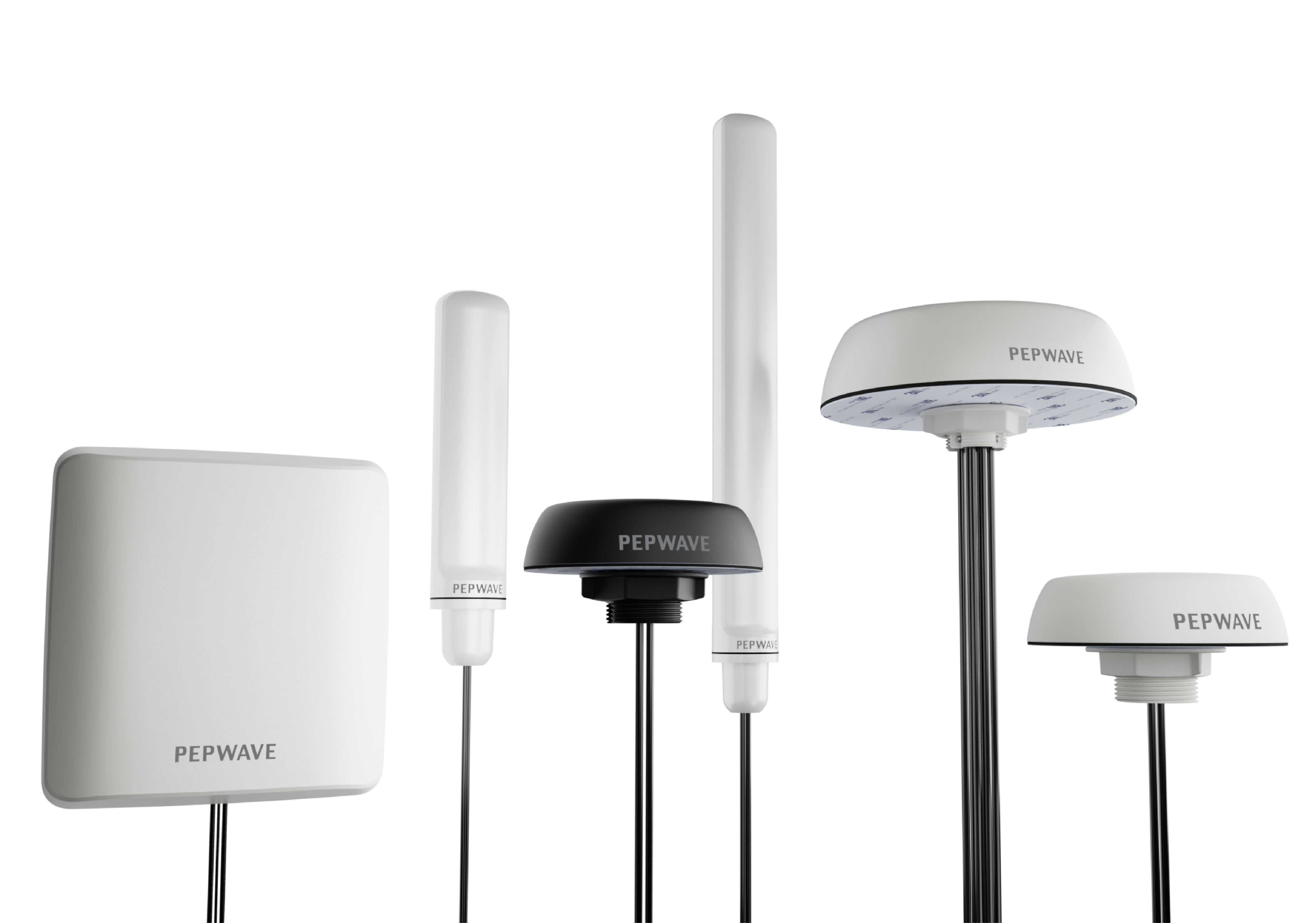
Make the Most of the Antenna
Even for a good antenna, how to use it makes a difference.
In general, antennas receive electromagnetic waves, turn them into electrical signals, and then transfer the signals to the router via cables. During this process, the signal will unavoidably weaken, also known as attenuation. The longer the cable is, the higher the attenuation will be.
Therefore, to allow for the best possible performance, it is recommended that the antenna stays as close as possible to the router.
If an extension cable is needed, then an LMR-200 or an LMR-400 can be a choice.
An Extra Ground Plane?
Not Necessary
Using an extra ground plane is definitely optional, but not a must.
Ground planes are like reflectors, enabling signals to be reflected off its surface. Sometimes, people use them to direct radio frequency signals towards their antennas and enhance signal reception.
But if the antenna is good enough, there will not be a big difference between the performance with or without a ground plane. Let’s take Peplink’s latest outdoor antenna as an example.
Here is a comparison of the performance of Mobility 42G when it is used with and without a 60x60cm aluminum ground plane.
